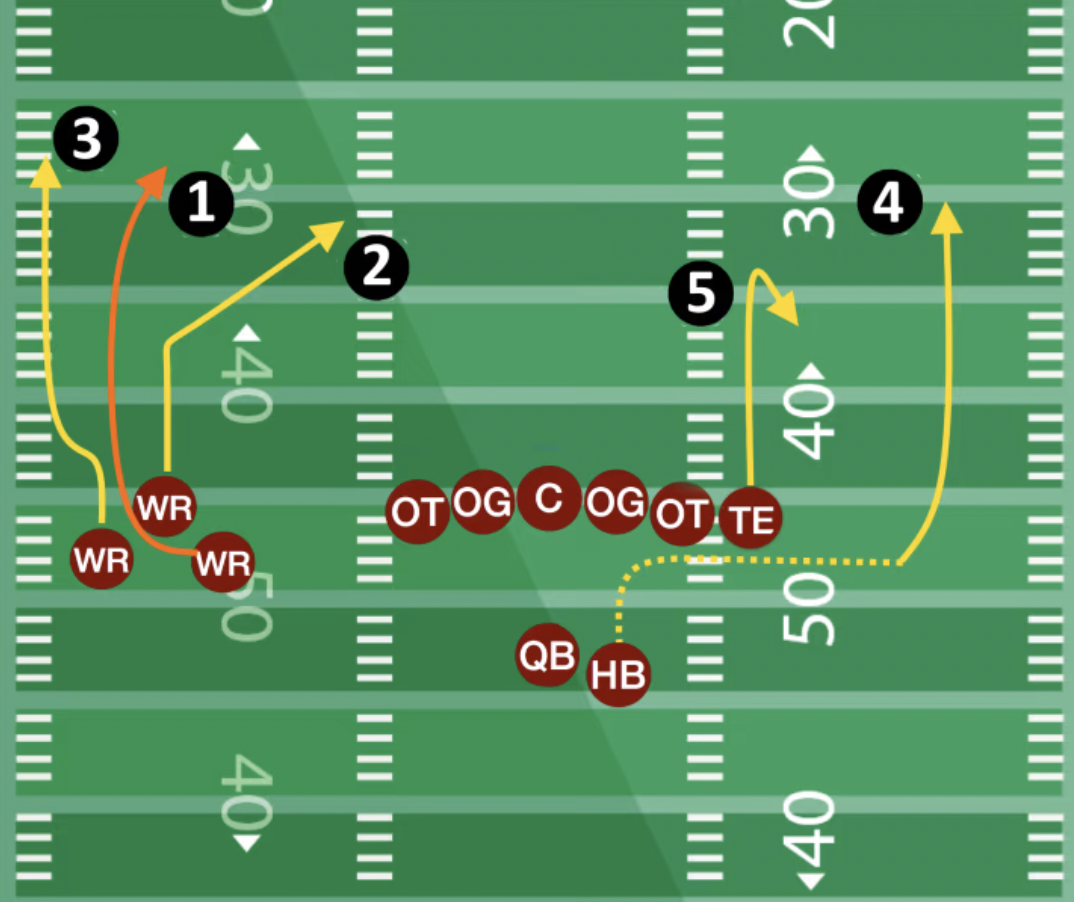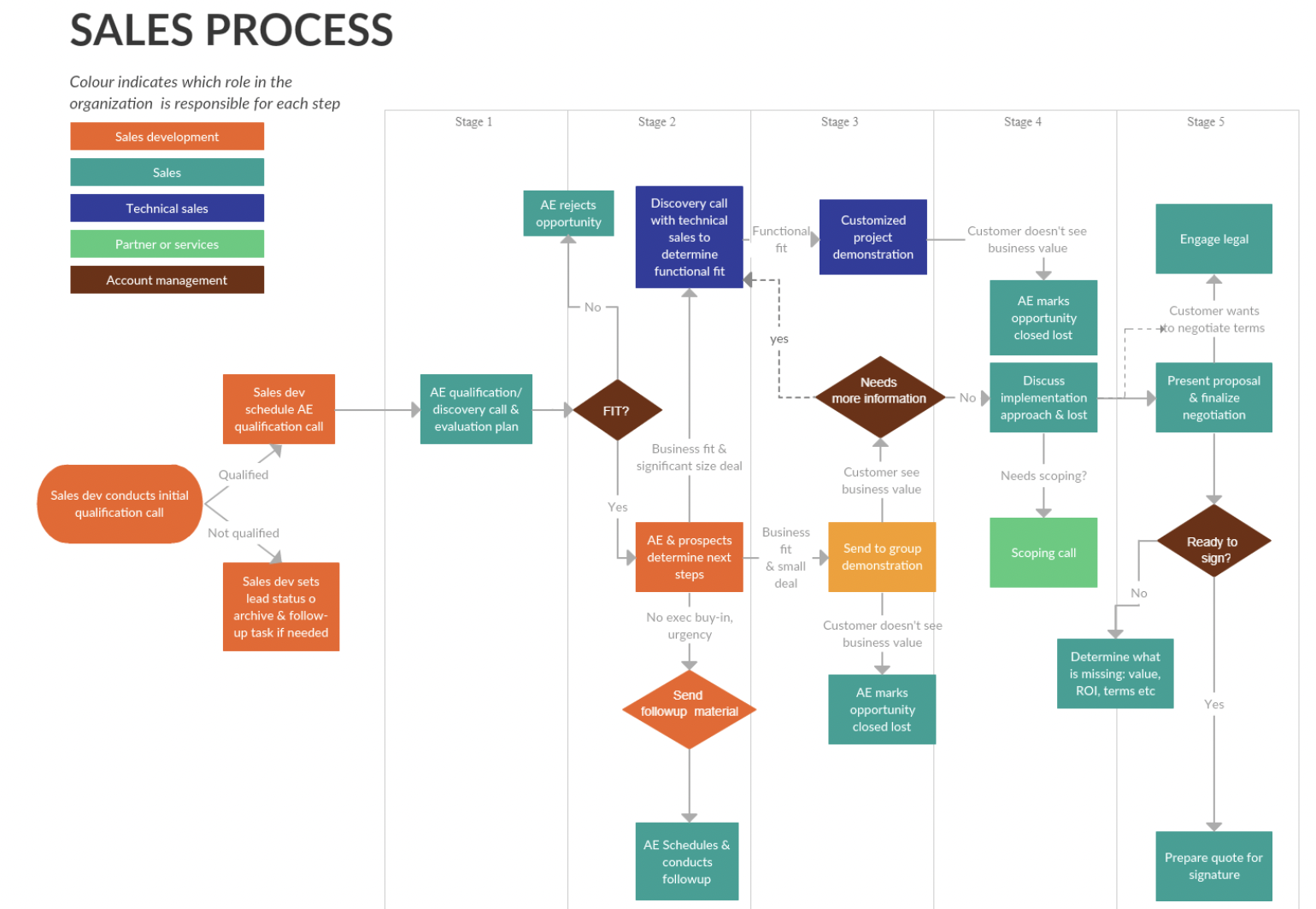With the NFL season underway, a recent reading of Let’s Get Real or Let’s Not Play (Mahan Khalsa & Randy Illig) offered a rich analogy for football and vital sales concepts involving the interplay of persona knowledge, divergent understanding, and convergent ideas—resulting in more effective sales cycle management and increased revenue generation.
Now, some of these ideas are obvious. However, some of my clients—including those with a depth of industry expertise—have failed to fully leverage these concepts. So after careful consideration, I’ve decided to offer a football comparison to drive these points home.
Ready to dive in? If this article generates some internal dialogue—great! If it simply confirms that your team is doing things right—even better!
For now, I want you to picture a lit stadium, the crisp fall air, and a roaring crowd. It’s 3rd and 9, and we’re about to talk football and the sales cycle.
How Would a Quarterback Execute the Sales Cycle?
Surveying the field, a quarterback approaches the center. He’s looking to understand the defensive cover scheme, making sure his receiver corps—wideouts, tight ends, running backs, and even the occasional eligible guard—are properly positioned.
Calling the signals, he continues to monitor the defense. He notes any adjustments or changes, and knowing the route and destination of each receiver corps member, he evaluates his options. Sound decision-making is faster than any fleet-footed defensive back.
Receiver selected, the quarterback sets his feet and executes a throw—but the ball isn’t traveling directly to the receiver. Instead, it’s on its way to where the receiver is headed. The objective is to lead the receiver such that, with the ball caught in stride, yards are gained after the catch.

The receiver catches the pass. Now it’s his turn to drive forward until the whistle signals the end of the play.
Chances are you’ve seen this exact scenario. Over the course of any football season, this process occurs hundreds of times. If you’re a fan, you’ve seen it happen time and again.
But did you ever realize it reflects crucial elements of the sales cycle? These pillars include persona knowledge, divergent understanding, and convergent ideas.
The Impact of Persona
A quarterback surveying the field, focusing on particular players, is similar to a salesperson’s target personas.
How so? Well, the salesperson knows who her key personas are—their priorities and the challenges they face. She also recognizes how they’re measured in their role. And just like with the receiver, she understands that more will be known in early conversations about where the persona is going.
What are the persona’s objectives and ambitions? What do they hope to avoid? And perhaps most importantly, just like in our example above with the quarterback and the receiver, what is their desired future state? What outcomes must they achieve to get there?
In this same vein, the salesperson also understands how she can help her personas. She’s aware of her potential impact on the individual—addressing a target persona’s challenges around what the organization expects of them and how their success is measured.
Everything from the initial messaging and intelligent questioning, to the potential solution and outcomes defining success, is filtered through this lens.
The Role of Divergent Understanding
A quarterback observing the defense during a play is similar to a salesperson’s process for gaining divergent understanding of a prospect’s current situation.
A quarterback must consider the entire field. This key player must recognize how the defense is reacting to the receiver corps, observe how the play develops, and choose which receiver has the best chance of success.

An effective salesperson, meanwhile, gains deal insights from multiple perspectives. For example, they must evaluate how the decision-making unit members may be impacted by the choice in question. Considering both the personal challenges that generate an emotional response and the rational business case – do the potential outcomes justify the expenditure of time, effort, and money?
Insights into Convergent Ideas
Selecting the receiver, the quarterback sets his feet and executes the pass. Similarly, like the evolution from evaluation to decision to action, at some point, a sales cycle shifts from a broad consideration to a focused recommendation—right down to the selected close date.
This change of focus launches a process of convergent idea formulation. It involves honing in on a particular solution, creating a business case in conjunction with our DMU (complete with a mutual success plan), finalizing our recommendations, and submitting a proposal.
Done correctly, we can also create and confirm close plan details—who does what when, and in what order—in order to track deal progress through signature, and even beyond to a scheduled kickoff call with customer success (when appropriate, of course).
Does this make sense? If so, congratulations—you’ve caught the pass. Because ultimately, football and the sales process share a great deal in common. And as we work our way through the current NFL season, I encourage you to take in the similarities outlined above and enjoy the game.









